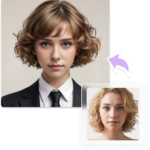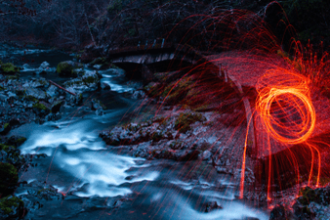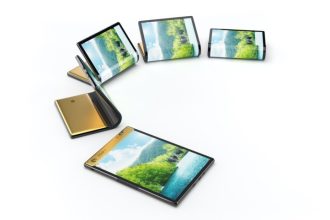In a world increasingly dependent on video surveillance, the need for video redaction—removing sensitive information from footage—is more important than ever. From faces to license plates, video footage often contains personal and confidential data that must be protected. In industries ranging from law enforcement to healthcare, the need to ensure privacy and compliance with regulations is paramount. Traditionally, redaction was a manual task, prone to errors and inconsistencies. But with the rise of automated video redaction software, the accuracy of redacting sensitive details has reached new heights. This technology guarantees that every critical piece of information is properly obscured, offering organisations a reliable and efficient way to protect privacy and meet legal obligations. Let’s dive into how automated video redaction works and how it ensures accuracy in everything from faces to license plates.
Faces: Ensuring Privacy in Personal Data
Why Face Redaction is Critical
Faces are one of the most sensitive pieces of data in video surveillance. For instance, in law enforcement or surveillance videos, individuals’ faces must be redacted to protect their privacy. This is especially important when the footage is shared publicly, used in media, or submitted as evidence in legal proceedings. Identifying and protecting these personal details is not only a privacy issue but also a legal one, as failing to redact faces properly can lead to violations of data protection regulations like GDPR. Learn more about legal issues from redaction errors on the link.
How Automation Guarantees Accuracy
Manual face redaction is prone to human error—an individual may miss a face, or a face might be obscured in a way that isn’t sufficient for privacy protection. Automated systems, however, are designed to detect faces with high accuracy. By using facial recognition technology, AI can identify faces even in complex or challenging environments, such as low-light conditions or in crowds.
The algorithms used in automated redaction are trained to recognise a variety of facial features, including subtle details, which ensures that every face is properly redacted. This eliminates the risk of overlooking an individual or incorrectly redacting their face, guaranteeing that privacy is maintained with precision.
License Plates: Protecting Vehicle Information
The Importance of Redacting License Plates
License plates are another key piece of sensitive information that must be redacted in video footage. In many cases, license plate numbers are used to identify vehicles, and in turn, their owners. With the rise of automated number plate recognition (ANPR) systems, license plates can be tracked easily. This makes redacting plates in surveillance videos even more critical to avoid potential privacy violations or security concerns.
How Automation Improves License Plate Redaction
Automated video redaction software uses optical character recognition (OCR) to detect and redact license plates. OCR technology enables the software to recognise the characters on the plate, even if they are partially obscured or viewed at an angle. Once detected, the software can automatically redact the plate using various techniques, such as pixelation or blurring, to ensure that no identifiable information is left visible.
The accuracy of automated redaction ensures that every license plate, regardless of its position in the frame or the quality of the footage, is adequately protected. This eliminates the risk of human error in detecting plates, which can often be a time-consuming and difficult task when done manually.
The Signs of Dependable Redaction Software
You want to be able to trust the automated redaction software you’re using. After all, you’re relying on it to find sensitive information and protect your business. The key to feeling confident and ensuring that you choose the best option is research. Here are some signs that you’ve found a good option.
High Accuracy Rate
One of the most important elements you need to watch for when you’re choosing redaction software is the accuracy rate. You need to ensure that the company tells you what it is openly, and that it’s a high percentage. Otherwise, you’re not going to trust the software and have to do a lot of editing. Indeed, the best providers ensure that their accuracy rate is plastered all over their website to impress you.
Free to Try
Redaction software providers know that the best way to showcase their tools is to allow you to try them out for free. You can see how easy it is to operate, as well as what the results are going to look like. Therefore, make sure that the provider allows you a free version so that you can test it out for yourself. Then, you can evaluate what you think about it.
Showcases Clients
The best software providers are going to partner with large companies. They ensure that they name-drop them to demonstrate just how much they’re trusted by big brands. Thus, take a look at their website and see what the provider has to say about the clients they’ve worked with. You should see some big names if they’re a dependable choice.
Conclusion
From faces to license plates, automated video redaction technology guarantees accuracy in every detail, ensuring that sensitive information is obscured and privacy is maintained. By using AI and machine learning, automated systems can accurately detect and redact a wide variety of personal data, offering superior consistency and efficiency compared to manual methods. In industries like law enforcement, healthcare, and corporate security, where privacy and compliance are of utmost importance, investing in automated video redaction is not just a smart choice—it’s a necessary step to protect individuals and organisations alike.
This technology provides organisations with the confidence that every piece of sensitive information is properly redacted, reducing human error and ensuring that privacy remains intact. As video surveillance becomes more widespread, the need for accurate video redaction has never been more crucial, and automation is the key to meeting this demand.














